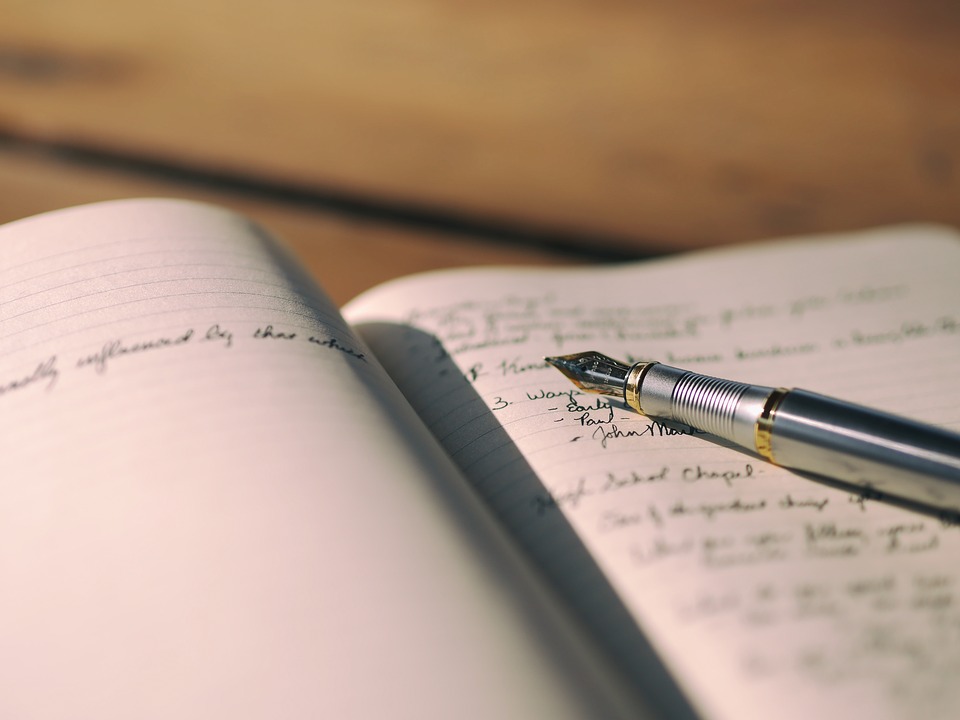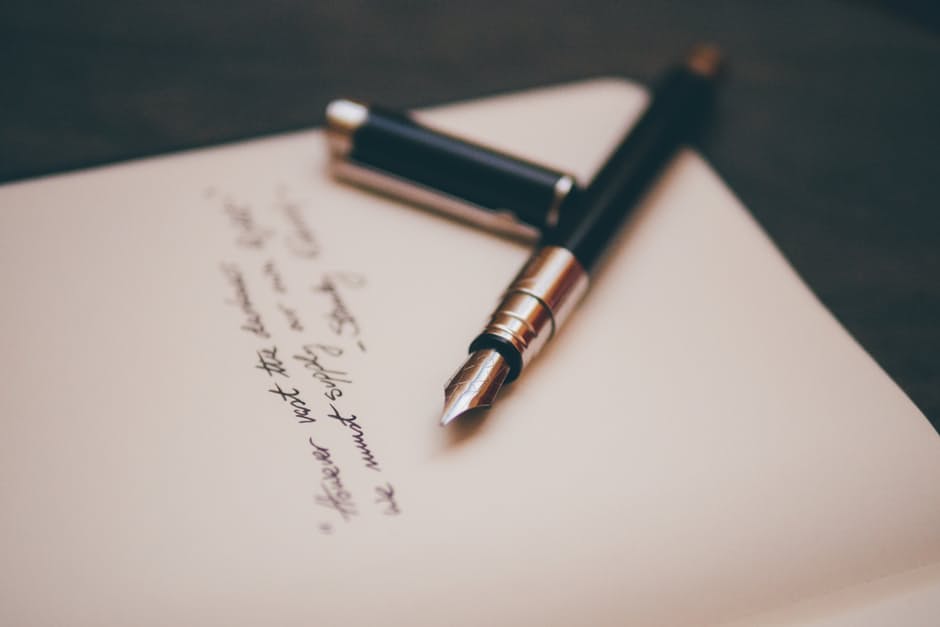A resume is the first powerful thing in your professional life and all of us always look towards the best resume. Today, we will look at the common mistakes which we see in our daily life. It will help most of the unemployed people as well as employed people can also look at them and correct their mistakes, it will help them for future life.
1. Do not do grammatical mistakes:
The first thing which should be perfect on a resume is your grammar and sentences which you have written. It leaves the impression that this person cannot even write properly so he/she don’t deserve this job. This is the reason you have to avoid grammar mistakes on your resume, after making a resume you should show it to some professional person so that you don’t have to face any difficulty in the future.
2. The absence of particular:
When we write our resume, employers should understand that what they have done in life and they should write it well. We cannot just write I was working in this company and that’s all, we have to briefly explain it a little bit that what was our position in that company, what we are getting and all. Briefly, we have to clearly describe everything.
3. Re-write Resume:
We usually what do is that we just made one resume and send it to all organizations one by one and its destiny is the dustbin of an organization. So, we cannot do this anymore and we have to specifically do some minor changes for every company before applying in that. This is compulsory because when we apply in some organization they are looking for another skill but you have so many skills with that specific skill so you have too prominent that major skill rather than the other minor skills.
4. Featuring obligations rather than achievements:
Another mistake which we see on a resume is the only achievements which we just describe in a few words. This is totally wrong, you have to describe to duties that what you did in your previous office and what did you get in return. For example, we just write that I attended this diploma course which is wrong. Instead of it, we should write I attended this telecom course in which I learned this skill and this skill is helping me in this field.
Read More: How To Write A Personal Essay?
5. Summary Mistakes:
The biggest mistake which we see on the resume is summary and this occurs because we mostly just copy-paste other people’s resume summary and post it on our own resume. This marks a first bad impression of yourself and hiring people just reject you without seeing your other skills or they don’t even care to look at the rest of the resume. Try to explain yourself with good grammar that who you are and what you are seeking for your future life and what are your expectations. Must mention your post in your summary that is you are an account manager, software developer or whatever you are.
Read More:
- Put Your Pen To Paper With Ease
- How To Ensure You Have The Perfect English To Enhance Your Blog
- 7 Tips For Writing A Dissertation
- 10 Tips For Writing A Dissertation
Ryan Adrian is a business writing coach. He is on the mission to make boring business blogs more sparkle. He follows all new business trends. In his free time, he loves being outdoors. You can read his latest posts on http://smartvirtualassistant.com.au





















